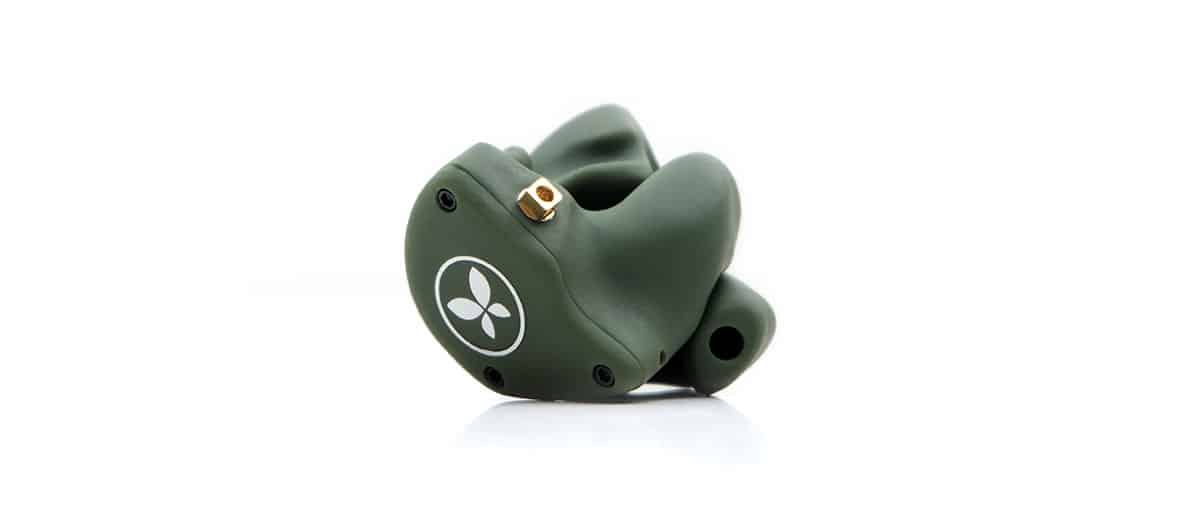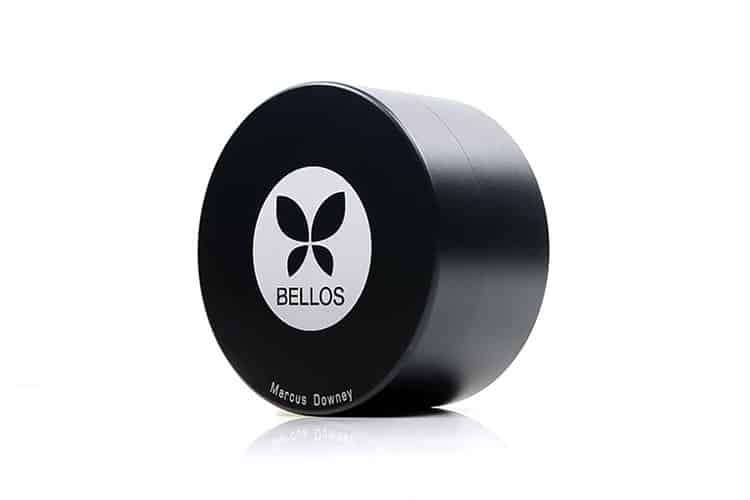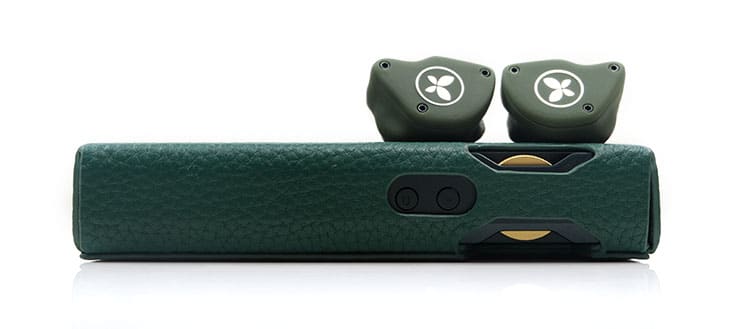Sound Impressions
Summary
The Bellos Audio X2 is somewhat of a mid-centric performer with vocals to the fore and a decidedly neutral but energetic tonal coloration. But that only tells half the story because it excels at a few things I honestly was not expecting.
The unique presentation required me to spend quite a bit of time, more than usual, to figure out what the X2 was giving me that was so different from a lot of other dual or even triple BA driver combos in the market today.
And the answer is on the technical side, the staging width and height. Although moderately punchy, it does lack a little on the low end and there are BA monitors that will impress more in terms of depth and power such as the UE5 Pro.
However, the width and height from the X2 are excellent providing an exemplary level of space and headroom for a dual BA driver. It is not a parlor trick either with a forced treble lift to create an illusion of top-end extension.
Rather, it is a genuinely impressive level of separation and air through the mids and lower treble allowing every instrument to command its own space. Competing triple driver monitors such as the Avara AV3 actually sound somewhat narrower and compressed in the equivalent range.
I suspect the Bellos universal bore design with zero tubes in the X2 is a big factor here. This is where your ear will focus and where the X2 sits apart at this price point as being a fairly unique tuning.
Frequency Response
The X2’s FR is fairly flat on the low end save for a mild mid-bass rise around 100hz. I suspect the sub-bass is rolled off a little also with a driver for the lows that’s probably not as big as the typical Knowles CI woofer driver used in some competing BA models.
What that means is a relatively punchy low-end but one that does not deliver high amounts of power nor a weighty fundamental with a higher degree of warmth. It’s fast, lean, clean, and very articulate though but still, a supportive tuning rather than dominant.
From the mid-bass rise, there is a minor drop through the lower mids but not by a huge amount or the X2 would sound too thin. The main thrust though is a midrange that rises in the 1-3k range fleshing out the vocal presence and bringing them to the front of the stage arrangement.
Combined with that spatial excellence you get a nice degree of separation between vocal and instrument so it sounds very open and spacious.
Lower treble is lifted whereas beyond around 5-7k you get a degree of attenuation that drops the sparkling element a little. You get the energy but not a huge amount of sibilance or splashiness from the X2 upper mids.
Timbre
The X2 harmonic balance is relatively accurate, nothing overly warm or too sharp but it does have that slightly dry BA characteristic to instrumental and vocal timbre.
The upper treble is on the softer side with nothing unusual in terms of narrow high peaks that offset the overall balance of percussion hits or vocal sibilance. It never sounds too peaky, brittle, or splashy in its delivery.
In a way, I think that helps emphasize the staging clarity but if you happen to have a very dynamic and clean source the X2 will veer to the precise side with a stiffened leading edge on most notes and a very short decay behind it.
The fundamental is to the average side for underlying notes on the X2. Just enough bass presence but not too much to give it a bit of ‘drive’ for kick drums and bass guitar work. If you are a fan of precision, clarity, and articulation this is a plus but if you like something a bit grittier with tons of texture or richness then the X2 is not going to work for you.
Sources again can play a role in shaping the X2 timbre a little. For example, the Cayin RU6 lusher presentation introduces a much sweeter tone to the X2 vocal performances and introduces a bit more of a linger in the decay performance.
Staging & Dynamics
This is really where the X2 sets out its stall for me. Of course, you have to be a fan of mids and highs in general because the Achilles heel of the X2 is power and depth with that decidedly neutral tuning and slight mid-bass forwardness.
It presents itself as relatively shallow but compensates with that excellent mids instrumental positioning which helps to flesh out an impressively wide stereo imaging experience for a dual driver.
Vocals and some percussion arrangements are to the fore. That 1-4k region is emphasized rather than dipped but not to the point where they dominate.
The staging is somewhat stretched as a result but backing vocals and percussion hits on the extremes are just as clean and clear and certainly help to create a very engaging staging quality for the X2.
Synergy
Efficiency
The Bellos Audio X2 is rated at 30Ω impedance and 114dB SPL so it is about middle-efficiency levels for a modern in-ear monitor meaning you need a little more juice on average but otherwise should run just fine in low gain from a DAP or dongle.
You can also crank up the dial in low gain mode with reasonable confidence as its sensitivity level will not give you any sharp jumps in loudness.
Against its closest competitor that I have reviewed, the UE5 Pro using a HiBy R5 Gen 2 DAP, the X2 did seem a little less efficient though not by much, needing about 3-5 steps additional volume to release the mids magic.
There could be a debate though if this was a partial placebo since the UE5 Pro bass weight is more substantial meaning you tend to pick up on that quicker and maybe keep the volume lower as a result.
Despite its medium efficiency rating, the X2 can be sensitive enough to pick up on some high-noise floors with moderate amounts of hiss such as the balanced 4.4mm output of the HiBy R8. For DAPs such as the DX240 and dongles such as the Questyle M15 or the Cayin RU6, the noise floor was very low with no hiss.
Pairings
You can go in two directions with the X2 pairing and ultimately it will depend on what exactly you want to emphasize in the monitor’s performance.
For example, sources with a clean, punchy sound and excellent dynamic range tended to emphasize the clarity and staging, as well as enhance the punchiness of the low-end.
Dongles
Dongles such as the Questyle M15 sounded a lot more energetic and expansive compared to the Cayin RU6 when paired with the X2 with a very pristine midrange quality and excellent headroom. Of the two dongles tested, this pairing was more spacious and offered the best instrumental separation with its 4.4mm output.
The other direction, however, suits the RU6 better and that’s if you want to soften the harmonic balance through the mids and pull back on the drier sound of the M15. The bass performance is a little warmer but falls back a bit in the presence and snap.
In return, however, the vocals sound a lot sweeter and smoother and not so driven despite still sounding relatively forward. It’s a more relaxed and inviting tonal quality with the X2 but one that lacks a comparative ‘drive’ on the low end making it more suitable for vocal performances.
DAPs
On the three DAPs tested, I felt the iBasso DX240 produced a very pristine mid and treble with excellent headroom but didn’t produce a desirable level of body and thickness in the instrumental and vocal timbre compared to higher-end sources such as the LP P6 Pro.
Though not quite as airy as the AMP1 MKII card from the DX240, the P6 Pro unit delivered the best weight, punch, and vocal thickness with the X2. Overall, probably the most balanced performance of the test sources.
However, if your budget is a bit tighter then the HiBy R5 Gen offers decent levels of body and power to the X2 performance. I find though the R5 Gen 2 delivers a mid and treble quality on the X2 that is less refined and less articulate compared to the DX240 so treble heads will probably want to stick with the DX240 AMP1 MKIII card.








